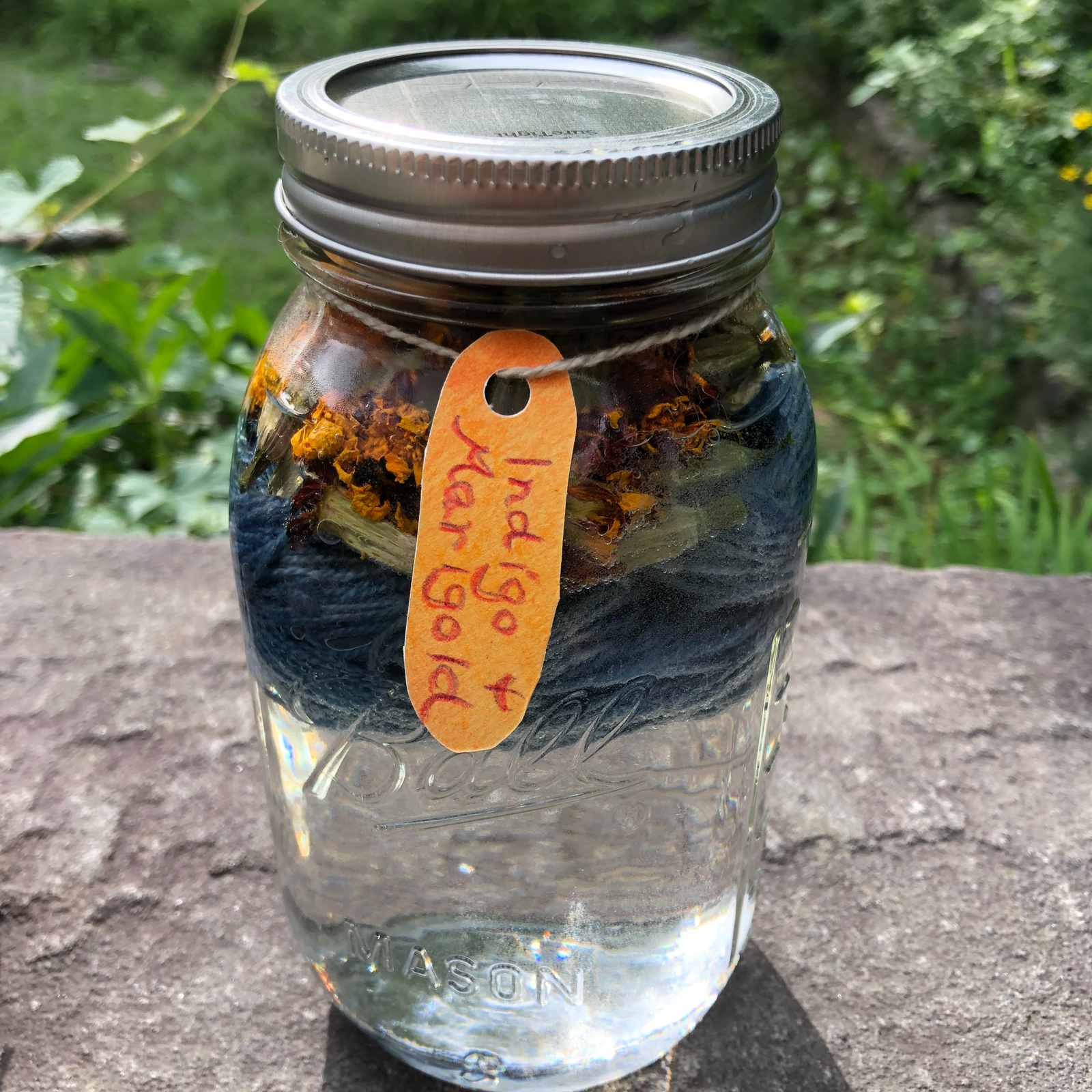The jell-o cell model is a great activity, and you can use any kinds of candy or food items you have on hand. And you can do it with either plant or animal cells. The parts to an animal cell will be slightly different, obviously, and I've also seen some people suggest that you do an animal cell in a Ziploc plastic bag so that it is jiggly and a plant cell in a tupperware container so that it has the rigid sides. We did an animal cell and molded it in a small mixing bowl so that we could turn it out and look at it.
Plant and Animal Cells (PDF)
from NOAA
- coast.noaa.gov
C-E-L-L-O lesson plan (PDF)
from Penn State
- mrsec.psu.edu
I'm going to re-share a portion of that old blog post Favorite Board Books - Nine Months Old. Note that these helpful photos are pretty much going to languish in obscurity, since the title had nothing to do with the human body. They'll be pretty hard to find. (Also note the kinds of meals I used to be able to cook, when I was a stay-at-home mom and I didn't have to work!)
For dinner tonight, Baked Pork Chops and Apples, Stuffed Acorn Squash with Quinoa and Pistachios, and Natalie's jell-o salad Edible Model of the Animal Cell (her final activity for the human body). This consisted of two boxes of lemon jell-o and the following poked in at the halfway to jelling point:
-
nucleus - whole cherry
nucleolus - cherry pit
centrioles - raisins
mitochondria - pecan halves
Golgi bodies - dried plums sliced in thirds with scissors
lysosomes - cake sprinkles (round, colorful, flat disks)
ribosomes - cake sprinkles (tiny, spherical, colorful balls)
small vacuole - golden raisins
large vacuole - piece of apple
smooth & rough ER - dried dates cut into slivers









 Immersive Experience
Immersive Experience Immersive Experience
Immersive Experience







No comments:
Post a Comment